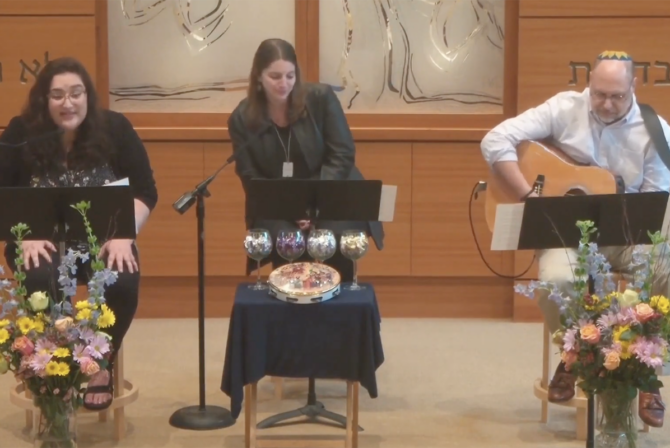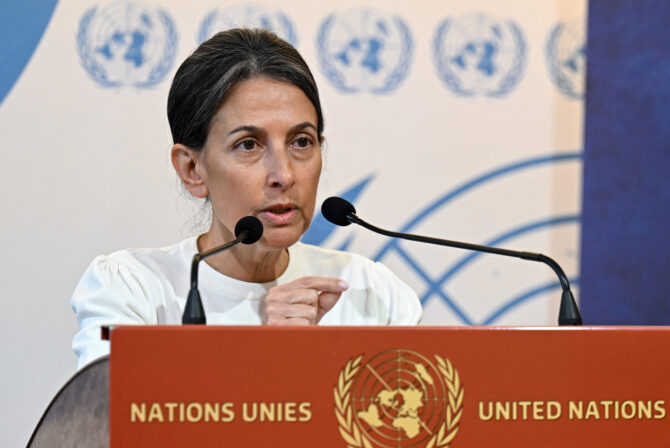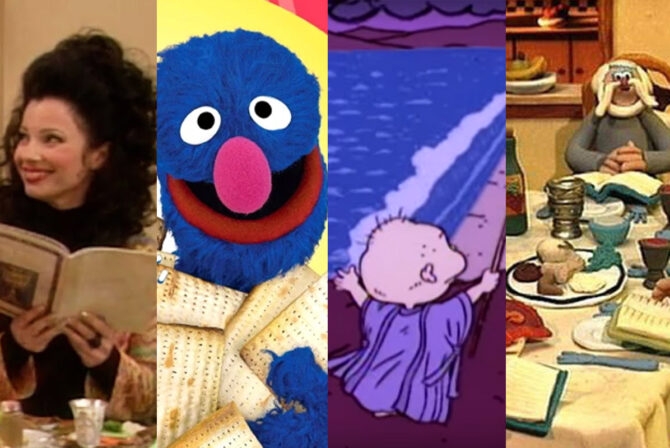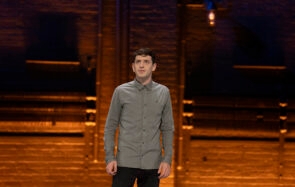One summer, my interfaith, Unitarian Universalist family and I went to a cousin’s house for Shabbat dinner. My cousins are Modern Orthodox, and they really know how to do Shabbat—the evening was full of warmth and love and ritual.
My 13-year-old daughter was entranced, especially with the candles. At home, we light Shabbat candles (when we remember to), but we only light two. Here they lit candles upon candles, enough to make the whole sideboard blaze with light. My daughter loved imitating her cousins as they waved their hands three times above that light and saying what she knew of the Sabbath prayers. And we all loved watching how second-nature these beautiful rituals were to my cousin’s family—as familiar as kissing goodnight before bed.
I’ll admit it: part of me wishes we had such strong traditions. But our family is different. I grew up a liberal Protestant, like my mother; my father, a lapsed Catholic, has gone to church with my mother for decades. My husband, while ethnically Jewish, went to a Hindu temple with his father as a child. His mother—also a Jew—was raised in Ethical Culture; her parents were atheists. Even before we had kids, my husband and I had settled on Unitarian Universalism as a logical faith home for us. It seemed to be the best fit for our joyful hodge-podge of religious and spiritual leanings.
And for the most part it has been. But that year, we’d taken some time away from our UU church. Our lives were so busy, and church just seemed like one more obligation to fulfill. What we wanted was respite and renewal. For a while, we tried Church of the Open Air—going for family hikes on Sunday mornings. My husband and I loved these hikes, and our son and daughter enjoyed them, too. But for my daughter, something was missing.
Soon after that Shabbat dinner with my cousins, my daughter asked if she could go to Hebrew school at our local temple. She started going every Sunday, and during the week would study in a beginning Hebrew workbook the temple gave her. Here, in her new class, were new friends in a tight community with a clear identity. She was hooked. She brought us to services. I went to a class for newcomers to Judaism, so I could keep up. A few weeks in, she said she wanted a bat mitzvah at the end of the year.
This threw us for a loop. We hadn’t planned on bat or bar mitzvahs for our children. More importantly, we weren’t sure whether this new love affair with Judaism was going to last, and we didn’t want to rush into anything.
We sat down one evening with her and told her that if she really wanted a bat mitzvah, we’d support her (though we would probably need to wait until the following year), but that we were wary about moving too quickly. And we told her why we’d chosen to become UUs all those years ago—because of who we were and who our family was. We reminded her of all the faiths contained within our one family. We suggested she make a pros and cons list to help her weigh such an important decision (which she dutifully did). And we suggested we return to our UU church to see how that felt before making any further commitments at the temple.
The following Sunday, we all went to church. Our daughter and son attended their religious education classes, and my husband and I sat in the service. We watched people we hadn’t seen in months process up the aisle to light candles at the altar during our Joys and Concerns time, sang familiar hymns, listened to a provocative sermon, and chatted during coffee hour while the kids played in the church playground. We left feeling renewed and happy—especially my daughter, who skipped through the church parking lot with a big smile on her face.
“Well,” I asked her. “What did you think?”
“I want to go here,” she said.
But there was still the bat mitzvah question. Moving from childhood to adolescence is a major transition time in children’s lives, which is why most faith traditions mark it with a ritual. Many UU churches offer a year-long Coming of Age religious education class for middle schoolers, in which they examine their own faith journeys, learn more about Unitarian Universalism, and write their own statements of faith, which they present to the congregation at the end of the year. It’s the UU equivalent of a bar or bat mitzvah. But our church didn’t offer this class.
So, we designed our own. I invited the women closest to my daughter—her grandmothers and her aunt—to gather together for a women’s weekend. We each brought symbolic gifts for her, including a flowered wreath, a new journal, and a favorite hymn, as well as stories to share—stories about my daughter’s essential qualities, about role models in our own lives, and about our hopes and dreams for her as she grew into her own woman. We asked her questions. Who did she hope to become? Who were the mentors in her life thus far? What did she want her future to look like? Then we sent her off on her own for several hours of quiet time by a nearby waterfall. Later, we met her there, and she shared some of her thoughts with us. We capped the day off with a swim in the river—a symbolic washing away of childhood and a rebirth into adolescence. And then we celebrated together by splurging at a delicious Italian restaurant.
It was a beautiful, memorable weekend, full of our own rituals—rituals born out of our family’s blended religious identity. It wasn’t a bat mitzvah, of course—and if my daughter decides later in life that she’d like to become a bat mitzvah, she will have our blessing. But for the time being, this solution felt right. Not only did it solidify my daughter’s identity as a Unitarian Universalist from a deeply interfaith family, it led the rest of us back home, too—home to the faith we’d chosen for our family, the faith that has become home for us.
Read More:
3 Ways to Handle Your Toddler’s ‘Why Phase’
Mayim Bialik: Why I Refuse to Get My Kids Smartphones
Quiz: Which Celebrity Jewish Mother Are You?







